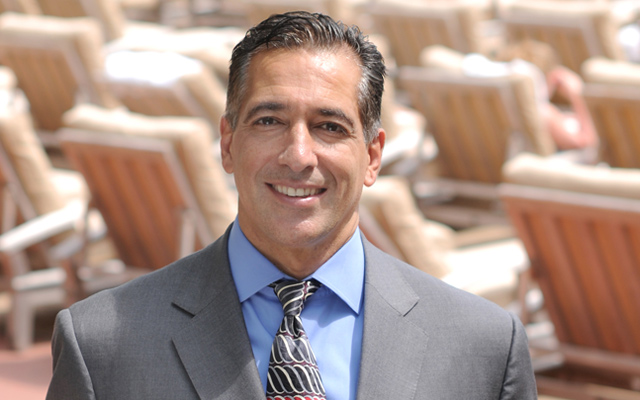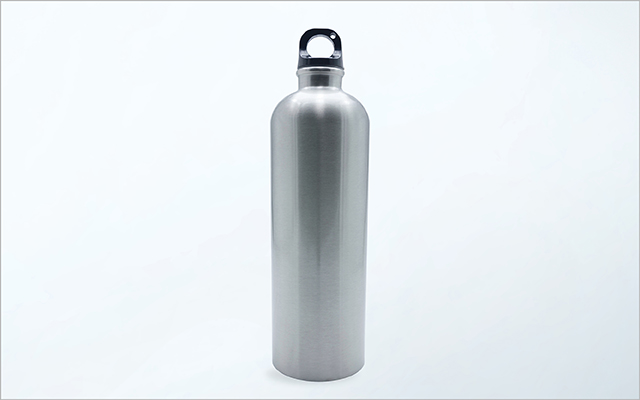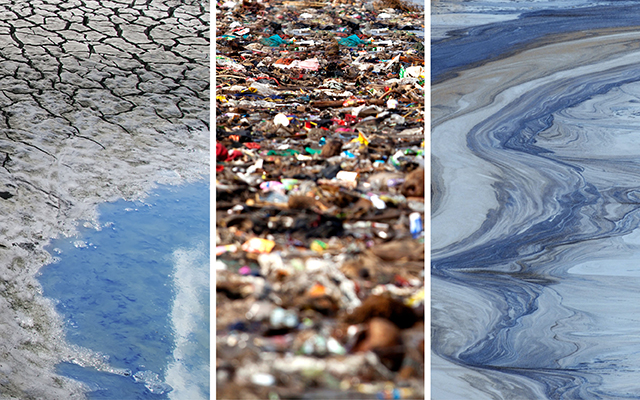Not long ago, as part of a business trip, I had the opportunity to travel to the Cayman Islands. Having visited there 10 years earlier, I clearly remembered a particular locale as one of the loveliest, most pristine swimming and diving areas I’d ever experienced, and I was eager to share it with my colleagues.
But when we returned to those waters that had once so impressed me with their clarity and untouched beauty, I was quickly saddened.
Plastic floated on the waves, and bits of junk swirled in the water around us. The water was murky, and the colorful fish that had once seemed so plentiful now seemed scarce by comparison.
I tried to enjoy our diving excursion and appreciate the beauty that surrounded us. I tried to focus on the positive side of being in this amazing natural setting with good friends. But with each ragged piece of plastic shopping bag that floated past my scuba mask or clung to my skin, my heart sank.
I couldn’t shake my feelings of disgust — combined with frustration, regret and helplessness — about how badly these remote waters had been degraded by irresponsible human activity, and about the heavy price all the innocent inhabitants of this environment were having to pay.
Of course, we are all paying a heavy price for the careless use and pollution of our planet’s precious water. We just aren’t as visibly confronted by those costs on a daily basis.
We also all play some role in the degradation of our waters — from using petrochemical products that persist in nature long after they’ve gone down the drain, to relying on polluting fossil fuels for our transport, heat and electricity, to simply not calculating the environmental impacts of industry in the “price” of the goods we buy and consume every day.
Eventually, for better or worse (and unfortunately, these days, it’s generally for worse), everything makes its way into our water. And as ocean scientist Wallace J. Nichols points out in this issue, the time when we can ignore that fact, or merely hope it won’t matter too much, has come to an end.
Water is the source of all life on our planet. Every moment we spend ignoring or denying that is a wasted moment. And it’s a moment we waste at the peril of virtually everything we hold dear.
In all our searching of other solar systems and galaxies, we have yet to discover another planet with anything like the liquid life support we have here on Earth. And for all our scientific wizardry, water is not something we have been able to successfully manufacture out of component parts.
So the fact that virtually every drop of the earth’s oceans, rivers and lakes now contains man-made pollutants; the fact that there are islands of trash the size of Texas floating in both the North Atlantic and North Pacific; the fact that even our most pristine natural environments show the unmistakable signs of human-triggered damage — these things are upsetting and disheartening.
They are so upsetting, in fact, that it’s tempting to just hope these problems will fix themselves, or that “someone” will come along and fix them for us.
I have faith that someone will. And that someone is each one of us. We must begin by cleaning up our own acts, by rethinking our use of water, energy and potentially polluting products, and by eliminating and recycling waste however we can. But we must also work together to clean up our communities, our business practices and our public policies.
Water is one of those issues that matters to all of us. We carry it with us every day — in every one of our cells, in every molecule of air we breathe. Now it’s time for us to give it a more honored place in our consciousness.
I will never be able to rid my memory of that dive darkened by litter. But I also hold the memory of that earlier day, not so very long ago, when I swam in cleaner, more peaceful waters. I hold the hope of a time when my children and grandchildren will swim there, too, taking both pleasure and pride in the hard work we all did to make it clean and beautiful once again.
Learn more about what Life Time Fitness is doing to improve its environmental footprint at lifetimefitness.com/sustainability.



This Post Has 0 Comments